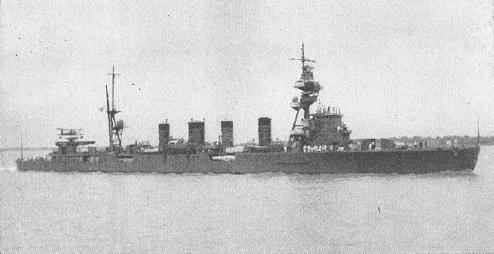Preceded by Nagara class Built 1922-1925 | Succeeded by Agano class | |
 | ||
Builders Mitsubishi Nagasaki ShipyardKōbe-Kawasaki Shipbuilding YardYokohama Dock CompanySasebo Naval Arsenal | ||
The Sendai-class cruisers (川内型軽巡洋艦, Sendai-gata keijun'yōkan) were a group of warships operated by the Imperial Japanese Navy. The vessels in the class were named after rivers according to the navy's light cruiser naming rule. They participated in numerous actions during the Pacific War and were mainly used as destroyer flotilla leaders.
Contents
Design
The Sendai-class light cruisers were a development of the preceding Nagara class. Their boilers were better located, and they had four funnels instead of three. Each ship was designed with a flying-off platform and hangar, but did not actually carry aircraft until a catapult system was installed in 1929.
Ships in class
Three Sendai-class light cruisers were constructed in Japan during the 1920s; four were laid down, but the last — Kako — was scrapped on the slipway in accordance with the regulations of the 1922 Washington Naval Treaty. The other three were sunk during World War II.
